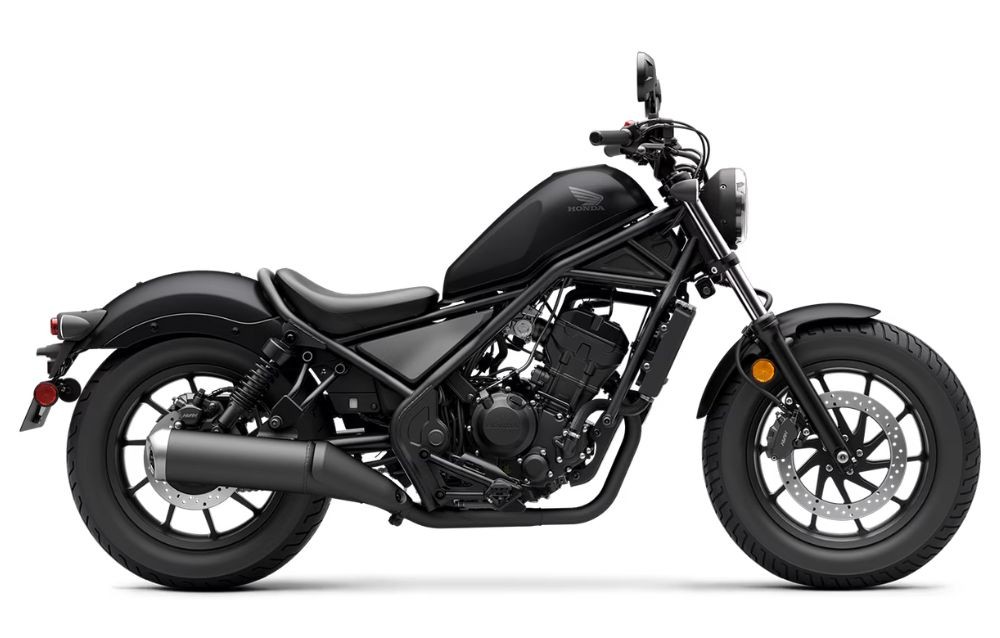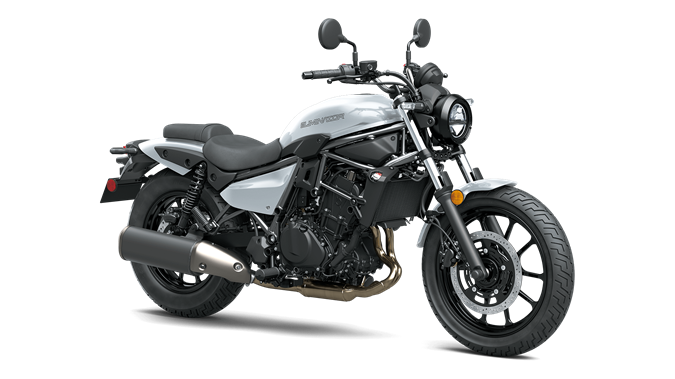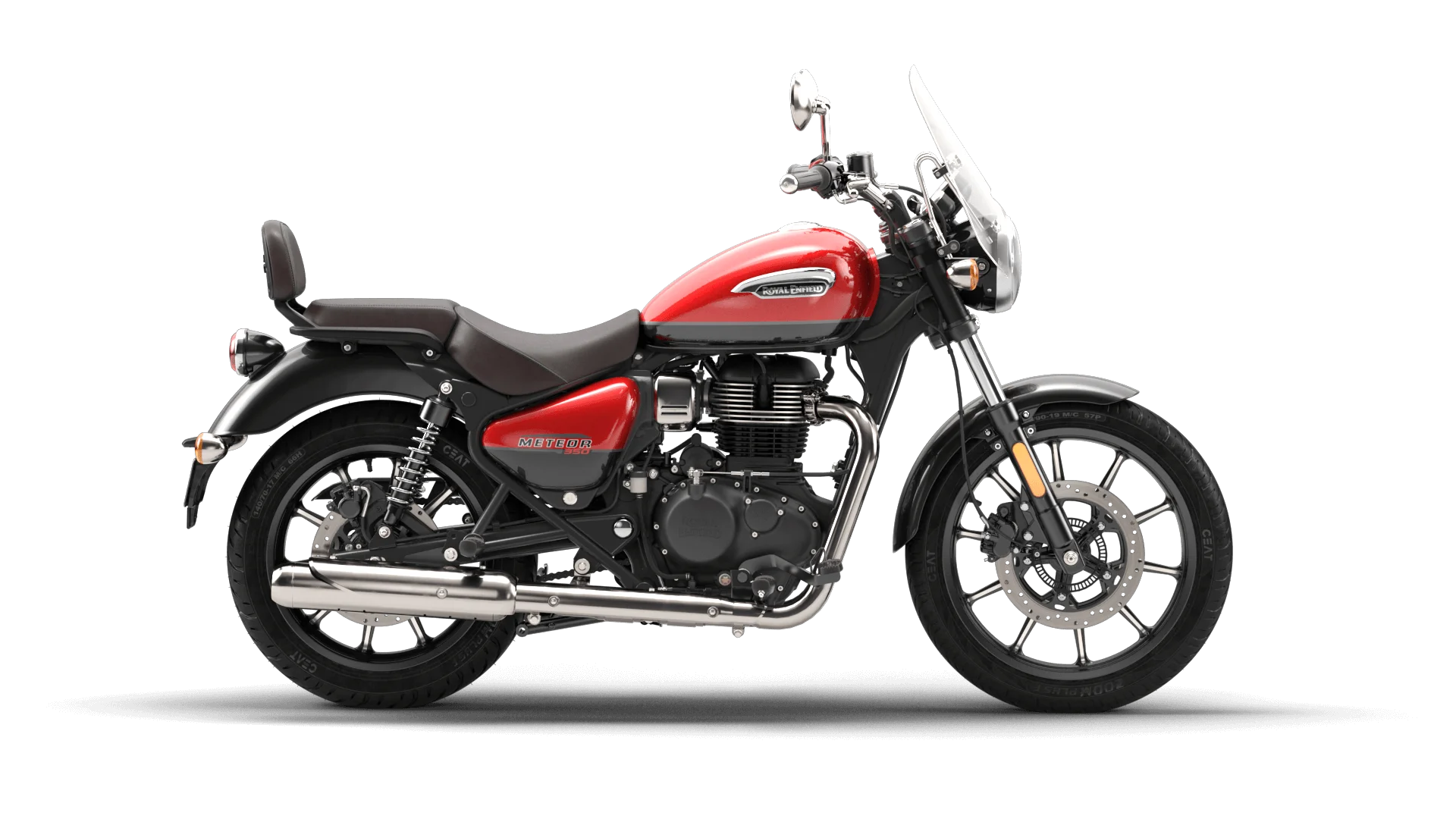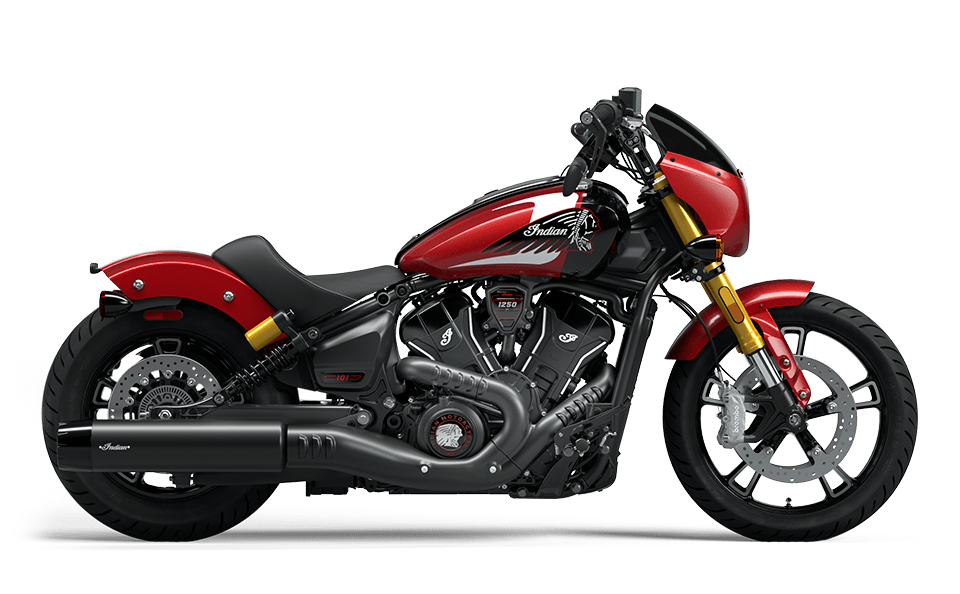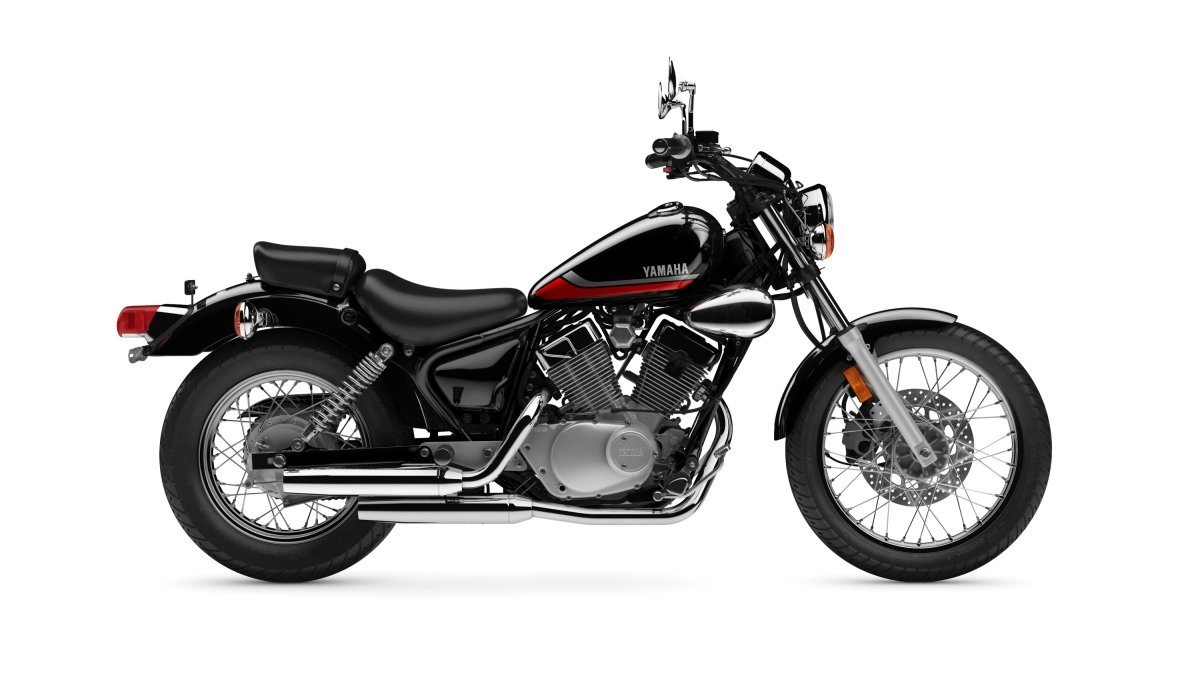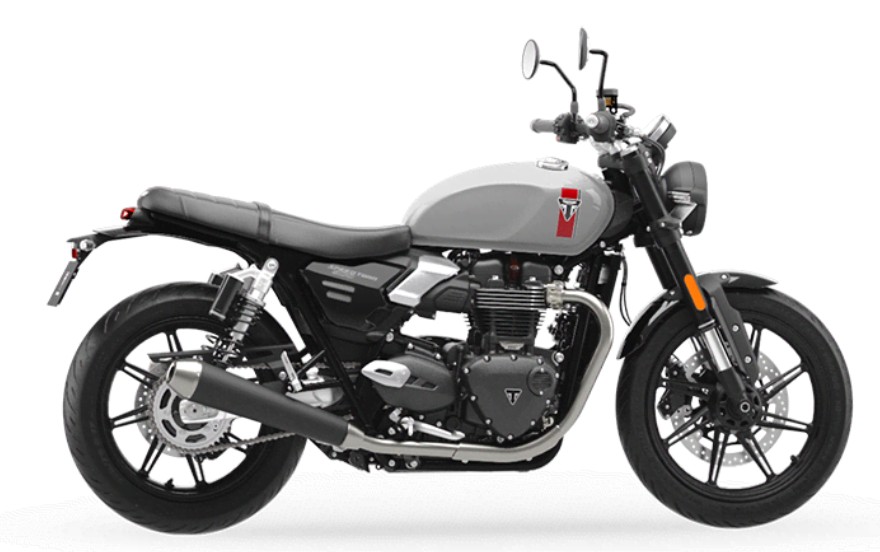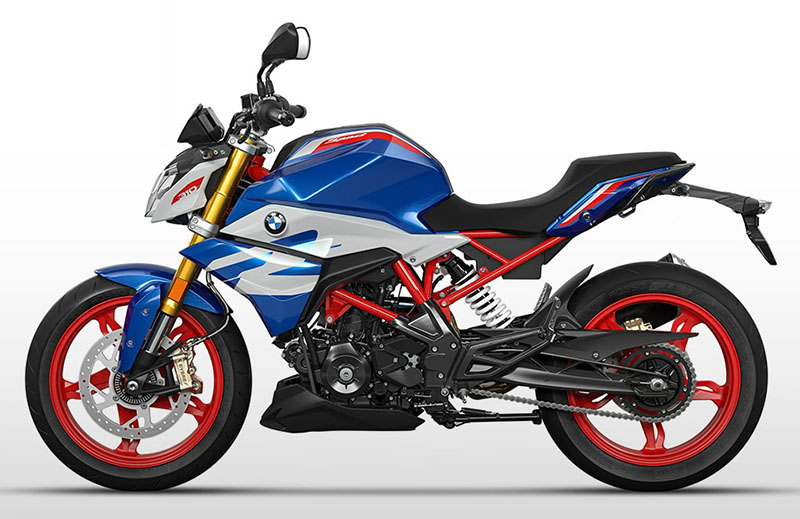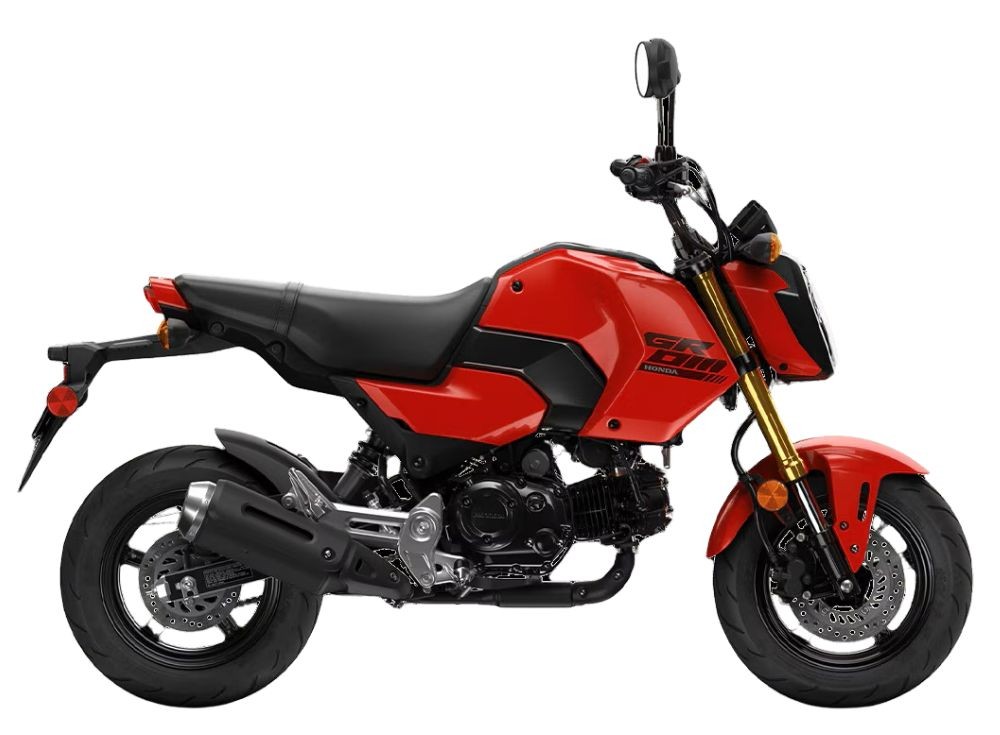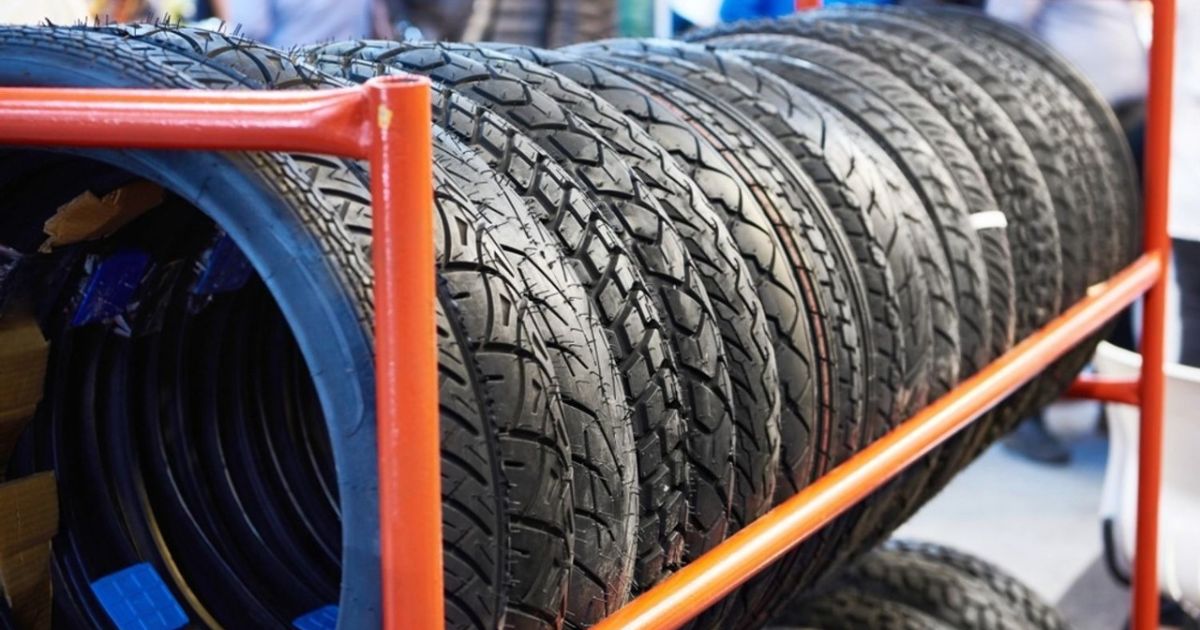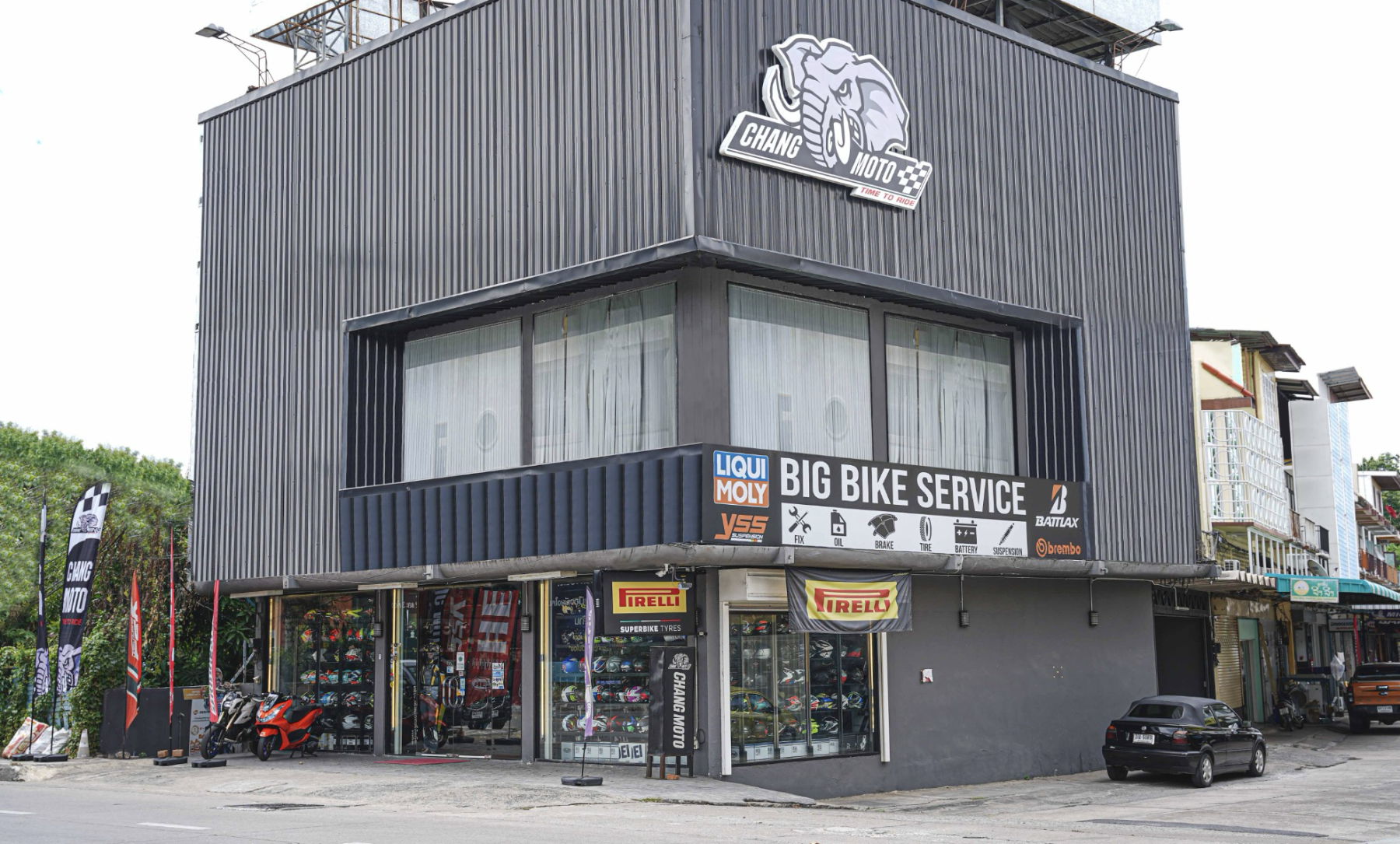
2025’s Best Bikes for Short Riders: Low Seats, Big Style
left for contents
You shouldn’t need a stepladder to chase sunsets on two wheels. One of the most common myths in motorcycling is that shorter riders are limited to tiny beginner bikes. Actually, some of the most confidence‑inspiring bikes come in sizes that look intimidating on paper.
Another surprising truth is that seat height alone doesn’t determine how easy a motorcycle is to handle; the combination of weight distribution, seat width and chassis design can make a 30‑inch seat feel lower than a 27‑inch perch.
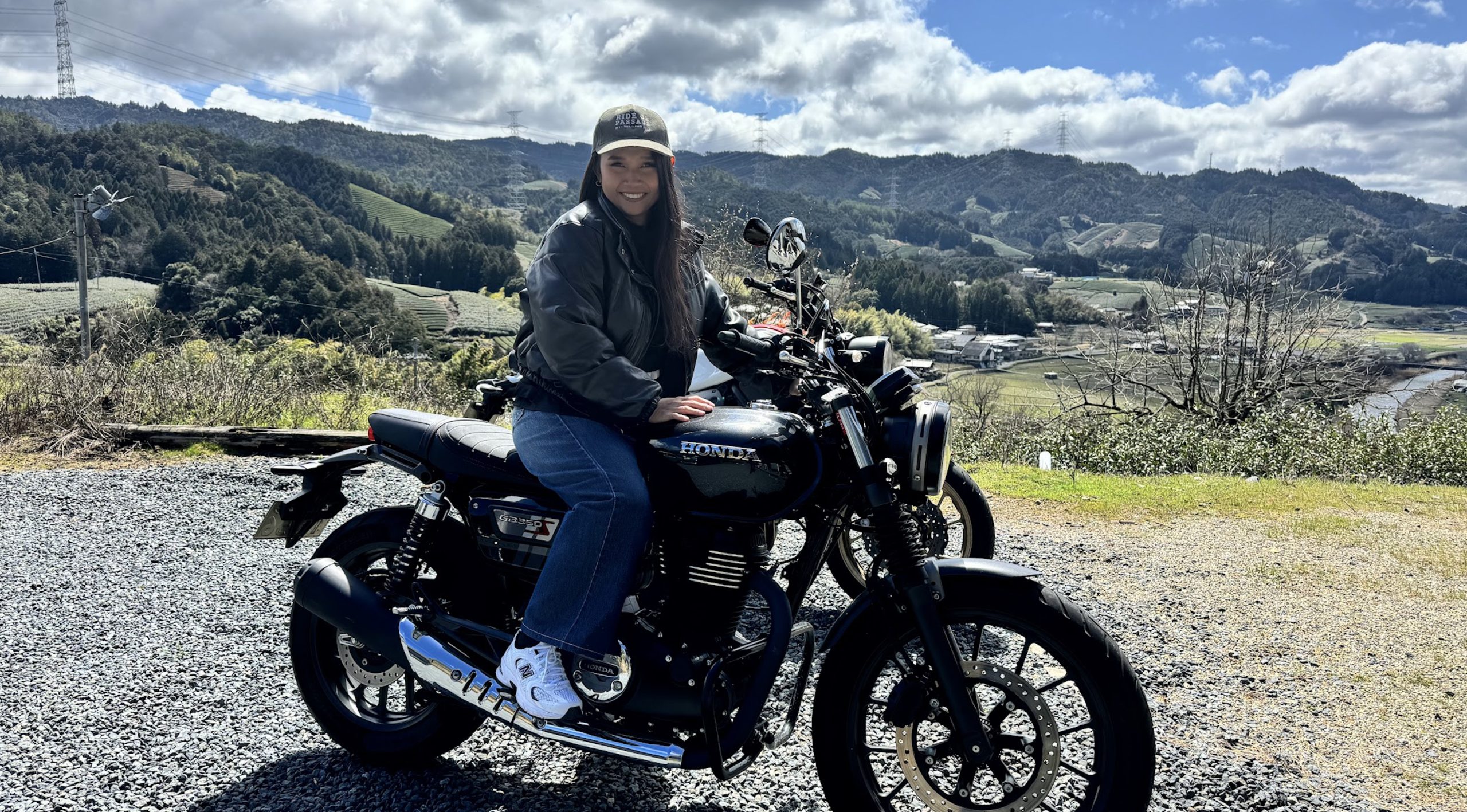
A final shocker: plenty of mid‑size and even high‑performance bikes now offer optional low seats or adjustable suspensions that make them friendlier to riders with a 28‑inch inseam.
If those statements have you raising an eyebrow, read on—because by the end of this guide you’ll have a shopping list of machines that will let you plant both feet firmly on the ground without sacrificing style, speed or comfort.
Before we get into the details, here’s a quick side-by-side look at the best motorcycles for short riders — and who each one is best suited for.
Ideal For: New riders or those with short inseams who want an easy, relaxed cruiser.
Seat Height (inches): 27.2
Ideal For: Riders ready for more power but still need a low, confidence-boosting seat.
Seat Height (inches): 28.9
Ideal For: Retro fans seeking laid-back comfort and approachable touring performance.
Seat Height (inches): 30.1
Ideal For: Experienced riders who want a low-slung cruiser with serious muscle.
Seat Height (inches): 25.7 (laden) / 26.8 (unladen)
Ideal For: Budget-minded riders after a very low, easy-to-handle entry-level cruiser.
Seat Height (inches): 27.0
Ideal For: Riders wanting a mix of classic looks, mid-range power, and agile handling.
Seat Height (inches): 30.8 (29.9 w/ low seat)
Ideal For: Commuters and newer riders who want light handling and premium feel.
Seat Height (inches): 30.9 (30.3 w/ low seat)
Ideal For: Short riders or beginners who want maximum fun in a tiny, city-friendly package.
Seat Height (inches): 30.0
What Shorter Riders Should Look For
Seat height is the dimension most buyers obsess over, but it’s only one piece of the puzzle. A bike’s weight, center of gravity and seat width are just as important. For example, the Honda Rebel 300’s 27.2‑inch seat height sounds extremely low, yet its 364‑pound curb weight makes it feel heavier than similarly sized bikes when maneuvering at a standstill.
Meanwhile, the Triumph Speed Twin 900 has a 30.8‑inch seat height, but because its bench seat is narrow at the front and the bike’s weight is carried low in the chassis, many riders with a 28‑inch inseam can still put a foot flat on the pavement.
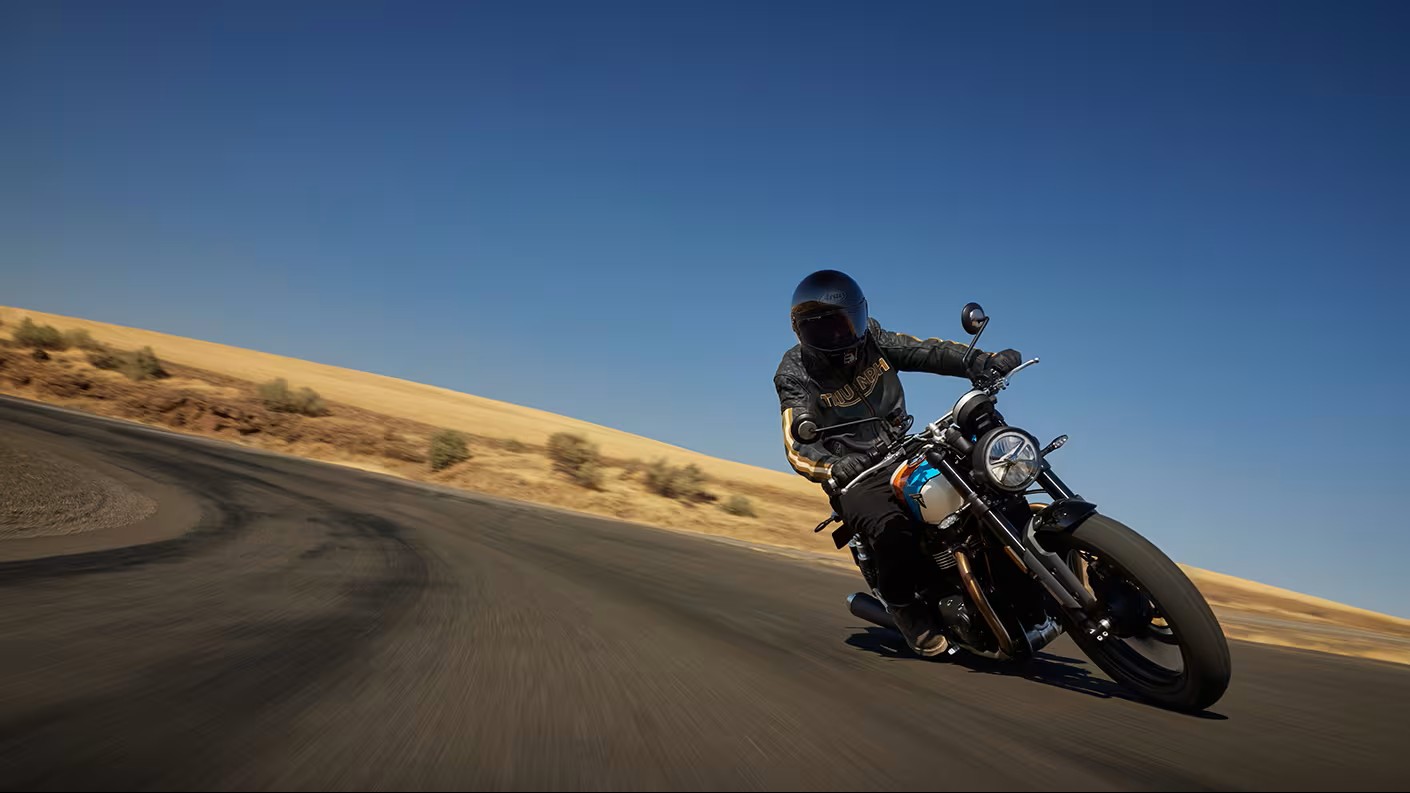
Weight matters because you need to balance the motorcycle when stopping, backing out of a parking space or moving it around the garage. A 500‑pound cruiser with a low seat will feel less stable than a 362‑pound naked bike even if the cruiser’s seat is two inches lower.
The BMW G 310 R illustrates this point well: it weighs just 362 pounds ready to ride, so its 30.9‑inch seat height (30.3 inches with the optional low seat) is far easier to manage than you might expect. Another factor is seat width; a narrow saddle lets your legs fall straight down instead of splaying outward, effectively reducing the distance from the seat to the ground.
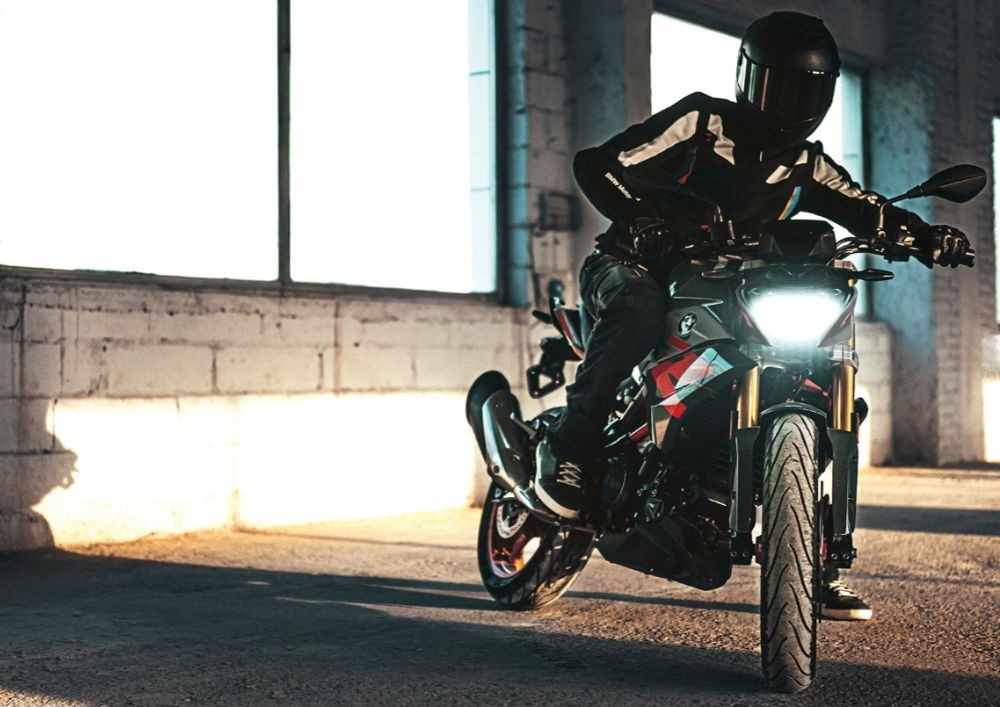
The design of the fuel tank and side covers also affects how easily you can reach the ground. Mid‑mounted foot controls and narrow side panels let your legs swing straight down without hitting anything. That’s why cruisers are often a good fit for shorter riders even when their spec sheet shows a higher seat height.
Finally, consider factory accessories: many modern bikes offer optional low seats, different suspension links or adjustable shocks that can drop the seat height by 0.5–1.5 inches without compromising handling. If you’re close to touching, this may be the difference between tiptoeing and flat‑footing.
The Importance of Test Rides
Every rider’s body shape is different. Two people of the same height might have different leg lengths or torso lengths, which changes how a motorcycle feels. Even though the Kawasaki Eliminator’s 28.9‑inch seat height looks friendly on paper, a rider with shorter arms might feel stretched out because of its long reach to the bars.
Always sit on or ride a bike before signing any paperwork. Most dealerships and demo days will let you hop on to see if you can confidently reach the ground and controls.
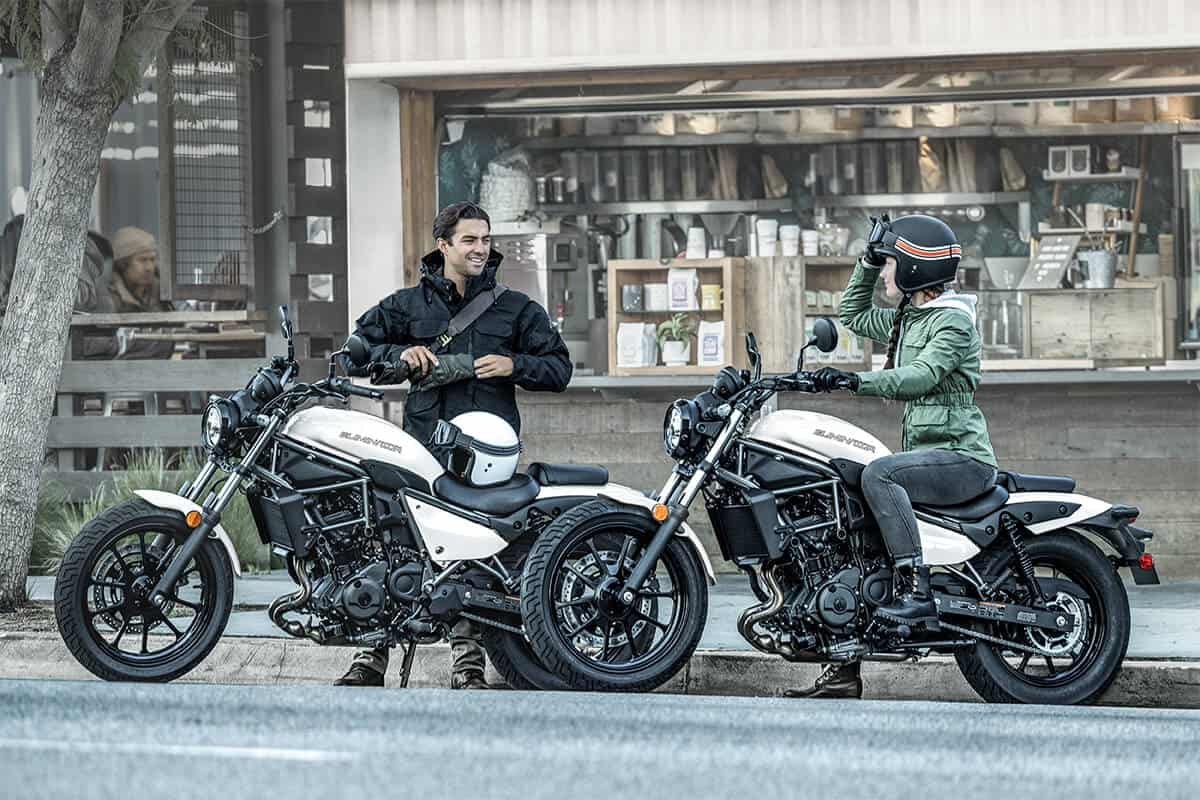
Below are the motorcycles we think offer the best combination of low seat height, manageable weight and performance for riders with shorter inseams. We’ve broken them into categories—low‑seat cruisers, lightweight standards and fun mini‑bikes—so you can pick the right ride for your style.
And if you want a quick shortlist, we’ve highlighted our top three standouts below—the best picks for confidence, comfort, and everyday rideability.
Ultra-low 27.2″ seat, forgiving power delivery, and predictable handling make it the most confidence-inspiring starter bike. | Smooth parallel-twin engine, optional low seat, and sporty feel let shorter riders move from beginner to highway-ready without intimidation. | Manageable seat height, balanced chassis, and strong mid-range power make it ideal for short riders who want a stylish daily and weekend bike. |
|
|
|
|
|
|
Ultra-low 27.2″ seat, forgiving power delivery, and predictable handling make it the most confidence-inspiring starter bike.
- Easily flat-foot at stops thanks to ultra-low seat
- Feather-light and nimble to flick through traffic
- Predictable throttle delivery, great for novices
- Updated suspension and handlebars improve comfort
- Feels buzzy and strained at high RPM on highways
- No tachometer and minimal storage for daily use
Smooth parallel-twin engine, optional low seat, and sporty feel let shorter riders move from beginner to highway-ready without intimidation.
- Easy to manage curb weight and low center of gravity
- Smooth, predictable twin-cylinder torque delivery
- Optional low seat and accessible ergonomics
- Strong fuel efficiency and light clutch feel
- Handlebar reach may stretch very short arms
- Small dash lacks advanced instrumentation depth
Manageable seat height, balanced chassis, and strong mid-range power make it ideal for short riders who want a stylish daily and weekend bike.
- Responsive 900 cc twin engine with strong midrange
- New USD forks and improved braking for better control
- Slim seat-tank junction helps riders reach down
- Lean-sensitive ABS and traction control for safety
- Seat height (≈ 30.7″) may still challenge very short inseams
- Suspension is preload-adjustable only (not full damping control)
Best Low‑Seat Cruisers for Short Riders
Honda Rebel 300 – The Ultra‑Low Cruiser That Doesn’t Feel Like a Toy
The Rebel 300 continues to be a favorite among beginner riders and shorter motorcyclists for good reason. Honda gave this little bobber a 27.2‑inch seat height, one of the lowest in the class, and a compact 58.6‑inch wheelbase. Combine that with mid‑mounted foot controls and a narrow tank and it’s easy to swing a leg over and sit down without stretching. The 286 cc single‑cylinder engine produces gentle torque and a surprising amount of pep, especially in the low and mid‑range.
It’s paired with a six‑speed transmission that shifts crisply and includes a slipper clutch to reduce lever effort for those with smaller hands. The bike’s dual rear shocks provide 3.7 inches of travel—enough to soak up potholes while keeping the seat height low.
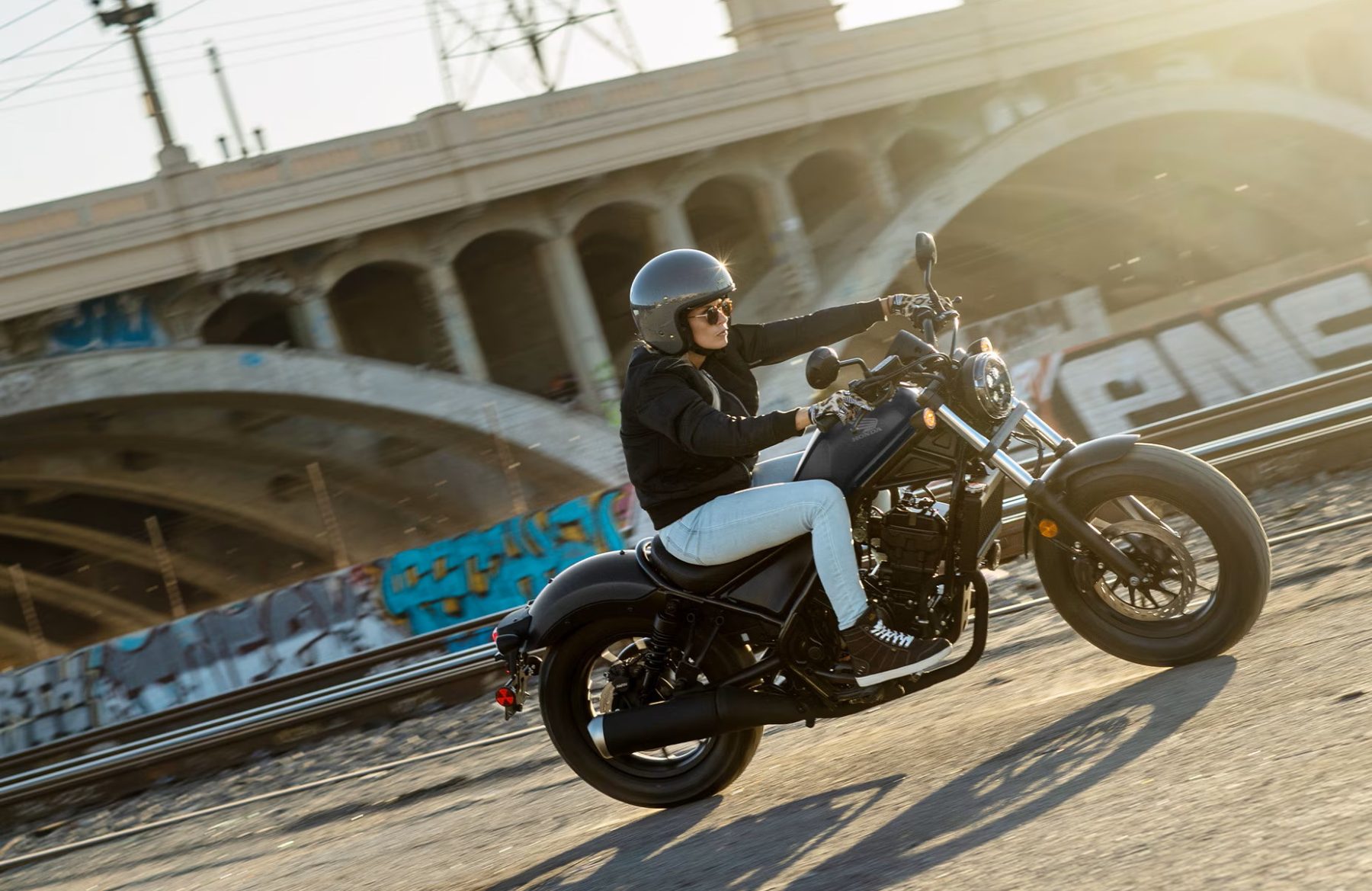
On the downside, the Rebel’s 364‑pound curb weight means it’s not the lightest beginner cruiser. You’ll feel those pounds when rolling the bike around a parking lot or pulling it off the sidestand. The silver lining is stability: that extra mass gives the Rebel a planted feel at highway speeds, and the low seat lets you brace your legs comfortably when moving the bike. If weight is a concern, consider the Yamaha V Star 250 below—it’s lighter but has similar ergonomics. Honda also sells a Rebel 500 with the same chassis and only a slightly taller seat, so upgrading to more power later is easy.
Why it’s great for short riders:
- Super‑low seat: 27.2 inches is among the lowest available on a full‑size motorcycle.
- Narrow chassis: Mid‑controls and a slim tank let you drop your legs straight down.
- Predictable engine: A friendly 286 cc single and slipper clutch build confidence.
- Customizable: Loads of aftermarket seats, bars and pegs to tweak ergonomics.
Potential drawbacks:
- Heavier than some competitors at 364 pounds.
- Single front disc brake lacks the bite of dual‑disc setups; some riders crave more stopping power.
The 2025 Honda Rebel 300 delivers a confidence-boosting ride with a 27.2″ seat, light curb weight, and smooth torque that makes it ideal for shorter riders and city cruising.
- Easily flat-foot at stops thanks to ultra-low seat
- Feather-light and nimble to flick through traffic
- Predictable throttle delivery, great for novices
- Updated suspension and handlebars improve comfort
- Feels buzzy and strained at high RPM on highways
- No tachometer and minimal storage for daily use
Kawasaki Eliminator – Modern Parallel Twin With a Low Saddle
Kawasaki revived the Eliminator name with a new 451 cc parallel‑twin cruiser that targets beginner and returning riders. While its 28.9‑inch seat height is a little higher than the Rebel’s, the seat is long and narrow at the front, making it easy for shorter riders to get a foot down.
At 386 pounds wet, the Eliminator is only slightly heavier than the Rebel and still light enough to maneuver around a parking lot. The engine is derived from the Ninja 400 sportbike but tuned for smoother low‑end torque. A six‑speed gearbox, standard slipper clutch and optional ABS mean the Eliminator is both engaging and forgiving.
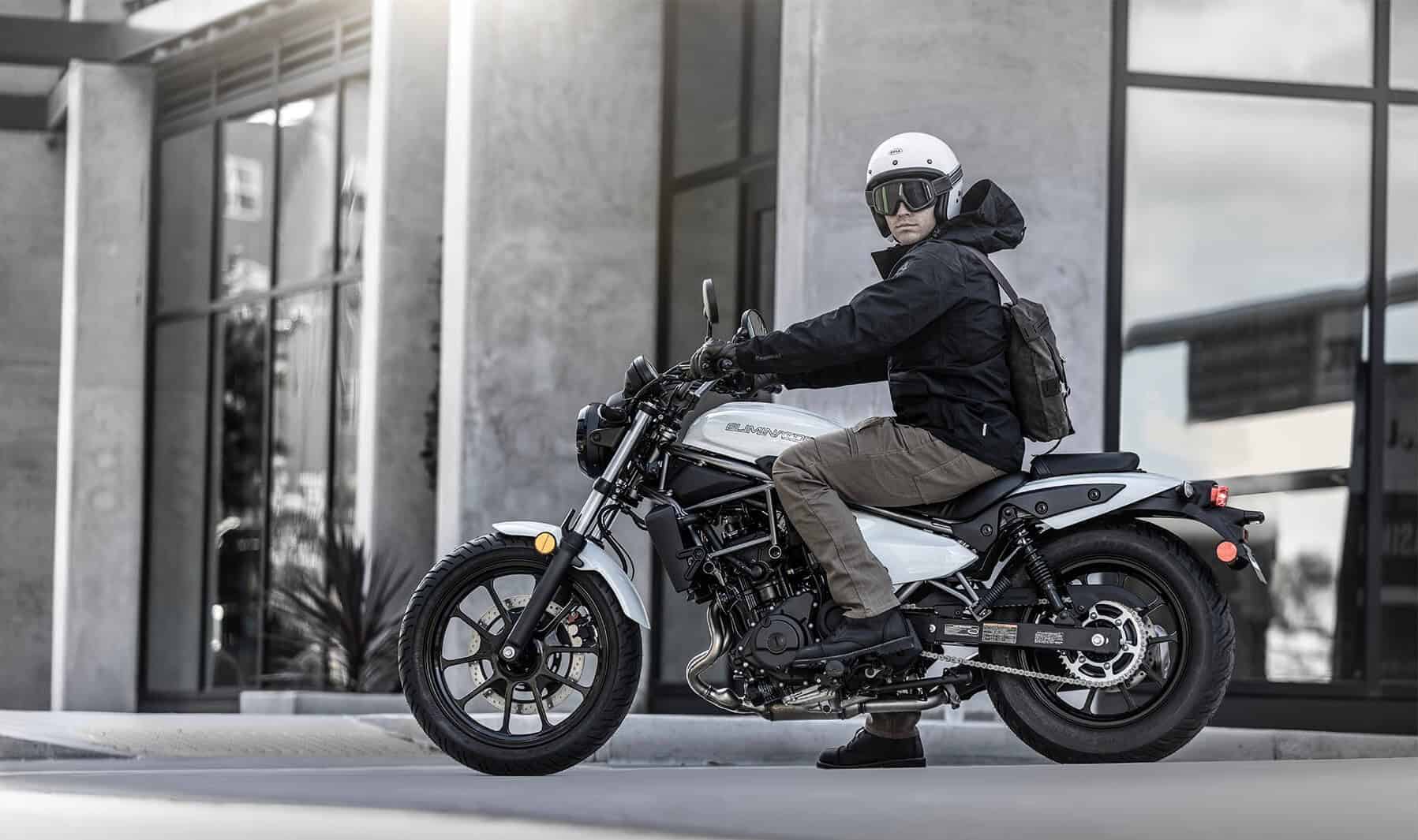
Our shorter testers appreciated that the Eliminator’s foot pegs are mounted slightly forward compared with the Rebel, which opens up knee angle. However, the reach to the wide handlebar is longer; a 5‑foot‑1 rider noted in Rider Magazine that she couldn’t fully flat‑foot the bike and had to lean slightly. If you find the seat a tad tall, Kawasaki offers an accessory low seat that drops it nearly an inch, as well as taller seats for riders with longer legs.
On the plus side, the Eliminator’s twin‑cylinder engine makes highway riding more relaxed than single‑cylinder cruisers. The extra power also means you can grow into the bike without outgrowing it too soon. The suspension is firmer than the Rebel’s and gives the bike a sportier feel when cornering.
Why it’s great for short riders:
- Slim, low seat: 28.9 inches with a narrow front section.
- Accessible power: 451 cc parallel twin tuned for smooth torque.
- Adjustable ergonomics: Optional low or high seats.
- ABS option: Enhances confidence on slippery roads.
Potential drawbacks:
- Reach to the bars may be long for very short riders.
- Slightly firmer suspension than some cruisers.
The 2024 Kawasaki Eliminator blends cruiser styling with nimble performance and smooth throttle control—ideal for shorter riders wanting a confident, fun ride.
- Easy to manage curb weight and low center of gravity
- Smooth, predictable twin-cylinder torque delivery
- Optional low seat and accessible ergonomics
- Strong fuel efficiency and light clutch feel
- Handlebar reach may stretch very short arms
- Small dash lacks advanced instrumentation depth
Royal Enfield Meteor 350 – Retro Style With an Approachable Ride
The Meteor 350 combines retro styling with a friendly riding position. Its seat height is 765 mm (about 30.1 inches), which is a little higher than the Rebel and Eliminator but still manageable thanks to a deeply scooped saddle. The bike’s 421‑pound kerb weight makes it heavier than some rivals, yet the weight sits low in the frame and the long 1,400 mm wheelbase adds stability. Power comes from a mellow 349 cc air‑cooled single‑cylinder engine with plenty of torque off idle and a relaxed 5‑speed gearbox.
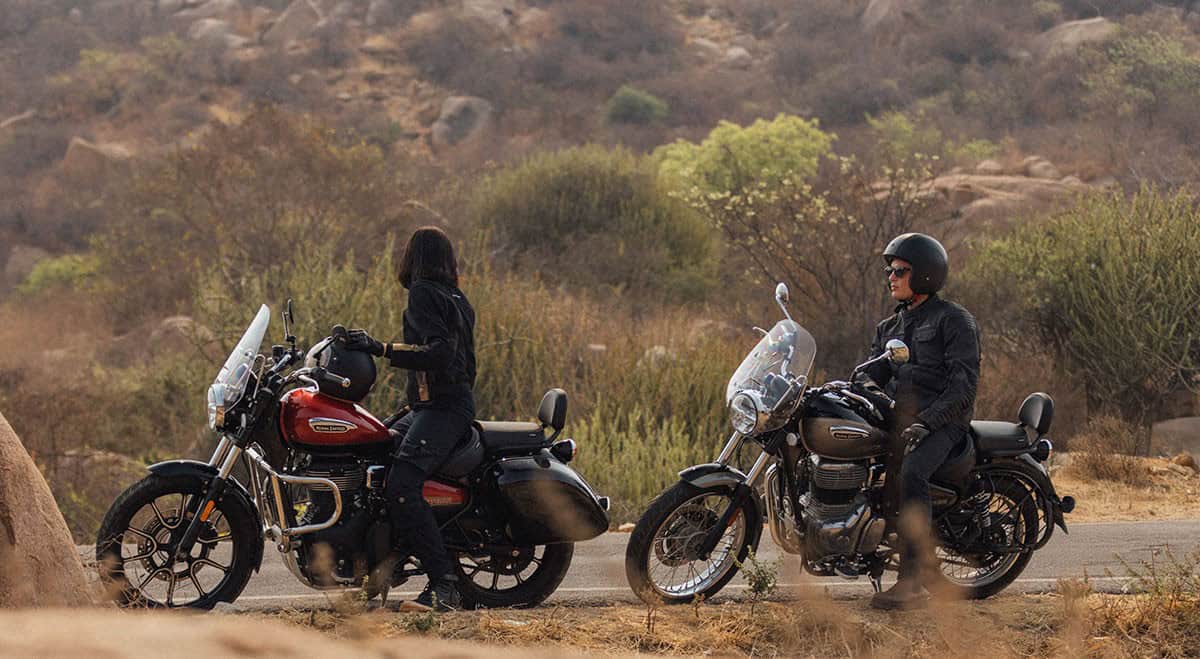
The Meteor shines in urban cruising and leisurely weekend rides. Its upright riding position, wide bars and large 3.96‑gallon fuel tank invite you to take the long way home. Royal Enfield sells factory accessories including a touring seat that reduces height slightly and a short‑reach handlebar to bring the controls closer.
One drawback is that the brakes lack the sharp bite of more modern machines; however, dual‑channel ABS is standard, and the bike’s engine braking helps slow you smoothly. For riders who love classic looks and aren’t in a hurry, the Meteor offers an affordable entry into motorcycling.
Why it’s great for short riders:
- Scooped seat: 30.1 inches with a supportive contour.
- Relaxed ergonomics: Upright posture and wide bars reduce strain.
- Low‑down torque: Torquey single makes taking off easy.
- Affordable: One of the best‑priced midsize cruisers on the market.
Potential drawbacks:
- Heavier than other beginner bikes at 421 pounds.
- Brakes feel soft compared with sportier bikes.
The Royal Enfield Meteor 350 offers a smooth, relaxed ride with a scooped saddle and torquey 349 cc engine built for city cruising and casual weekend journeys.
- Comfortable, upright posture for relaxed riding
- Deeply scooped seat helps shorter riders reach down
- Impressive fuel economy and long range per tank
- Classic styling that fits a variety of rider tastes
- Seat height (~30.1″) might be borderline for very short inseams
- Braking feels a bit soft compared to modern standards
Indian 101 Scout – The Power Cruiser With the Lowest Seat in Its Class
If you want more muscle without giving up flat‑foot confidence, the Indian 101 Scout is worth a look. Indian designed this performance‑oriented cruiser with a 26.8‑inch seat height unladen and a 25.7‑inch seat height when loaded—the lowest in its class. That alone makes it accessible to riders who might otherwise avoid big cruisers.
The 101 Scout is no lightweight—dry weight is 529 pounds and it tips the scales at 549 pounds ready to ride—but the weight is carried low thanks to a cast‑aluminum frame and a low center of gravity. A 1,133 cc liquid‑cooled V‑twin churns out 111 horsepower and pairs with a 6‑speed gearbox, giving the bike serious acceleration.
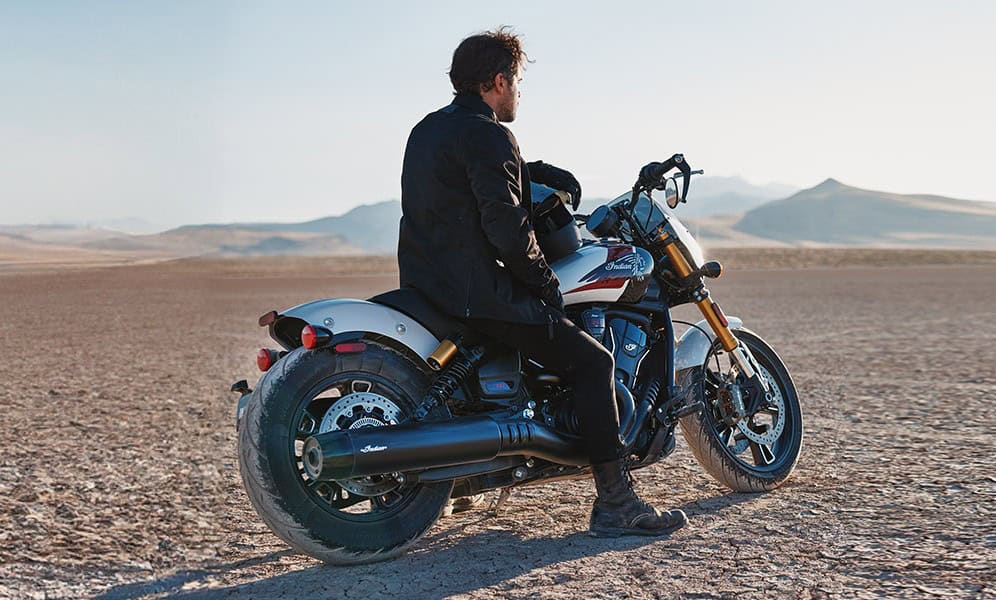
The 101 Scout’s ergonomics are more stretched out than the bikes above, with forward‑mounted foot controls and a longer reach to the bars. However, the low seat allows shorter riders to slide forward and plant a foot confidently at stops. Standard equipment includes ABS, traction control and ride modes, plus a 4‑inch RideCommand display with navigation.
Because the engine is powerful, new riders should respect the throttle and familiarize themselves with the bike’s weight at low speeds. The upside is that the 101 Scout can grow with you; you won’t outgrow its performance for many years.
Why it’s great for short riders:
- Lowest seat in its class: 25.7 inches laden.
- Balanced chassis: Low center of gravity hides its 549‑pound weight.
- Modern tech: ABS, traction control and ride modes come standard.
- Thrilling engine: 111 hp V‑twin means you won’t feel underpowered.
Potential drawbacks:
- Heavy—requires careful handling at low speeds.
- Forward controls may stretch shorter legs; optional reduced‑reach seat and bars are available.
The 101 Scout brings cruiser power to the short-rider world—its 25.7″ low seat, liquid-cooled 1250 cc V-Twin and modern tech deliver thrilling performance with confidence built in.
- Unmatched low seat height for planted footing
- 111 hp engine gives strong acceleration and cruise capability
- Advanced tech (ride modes, ABS, Ride Command) adds safety
- Suspension, brakes, tires inspire road-cornering confidence
- At 549 lb running weight, it’s not the lightest in tight stops
- Forward controls and reach may stretch extremely short riders
Yamaha V Star 250 – Timeless Cruiser With a True Low Seat
The Yamaha V Star 250 has been a go-to beginner cruiser for decades, and for good reason. Its 27.0-inch seat height is one of the lowest of any full-size motorcycle, giving even the shortest riders solid footing at every stop. The 249 cc air-cooled V-twin delivers smooth, predictable power that’s easy to control yet satisfying for daily commutes or relaxed weekend rides. At 324 pounds wet, it’s lighter than most cruisers and handles parking-lot maneuvers with ease.
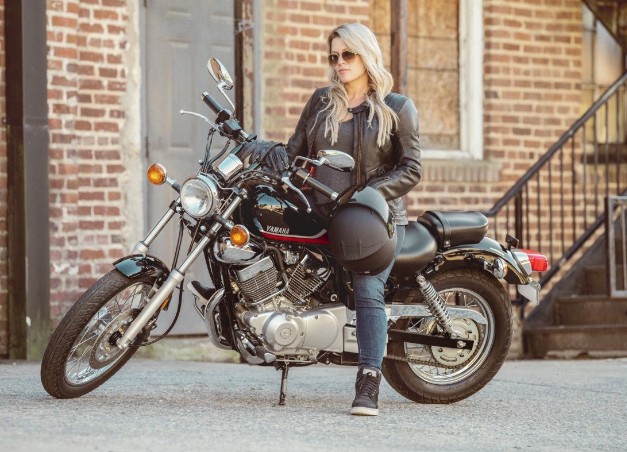
Despite its compact size, the V Star 250 feels like a “real motorcycle”—complete with chrome accents, spoked wheels, and a full-sized tank. The upright riding position and mid-mounted foot controls offer comfort without stretching, and Yamaha’s reputation for reliability means this little cruiser can go the distance with minimal maintenance.
Why it’s great for short riders:
- Super-low 27.0-inch seat provides confident flat-footing
- Lightweight 324 lb build makes handling effortless
- Smooth, beginner-friendly V-twin power delivery
- Classic cruiser feel with approachable ergonomics
Potential drawbacks:
- Carbureted engine feels dated next to modern fuel injection
- Limited high-speed performance for long highway rides
The Yamaha V Star 250 brings classic cruiser style to newcomers. With a 27.0-inch seat height and only 324 lb wet weight, it’s easy to handle yet delivers real V-twin rumble. Its 249 cc air-cooled 60° V-twin offers smooth, controllable torque perfect for city streets and relaxed back roads.
- Super low seat gives confidence to many shorter riders
- Lightweight build makes low-speed maneuvering easy
- Authentic V-twin feel and sound in a gentle package
- Simple mechanics heighten reliability and ease upkeep
- Top speed and highway stability are limited above 60 mph
- Older carburetor may feel finicky during cold starts
Best Lightweight Standards and Naked Bikes
Triumph Speed Twin 900 – Classic Looks With an Optional Low Seat
Triumph’s Speed Twin 900 (formerly the Street Twin) blends retro charm with modern performance. Its 30.8‑inch seat height is on the higher end for this roundup, but the seat narrows toward the tank and the bike’s weight sits low, so riders with a 29‑inch inseam can often get both feet down. If that’s still too tall, Triumph offers a low‑seat option that drops height to about 29.9 inches.
The parallel‑twin engine displaces 900 cc and produces 65 horsepower, giving the Speed Twin plenty of punch for city riding and highway passes. A 5‑speed gearbox and slip‑assist clutch make gear changes light and smooth.
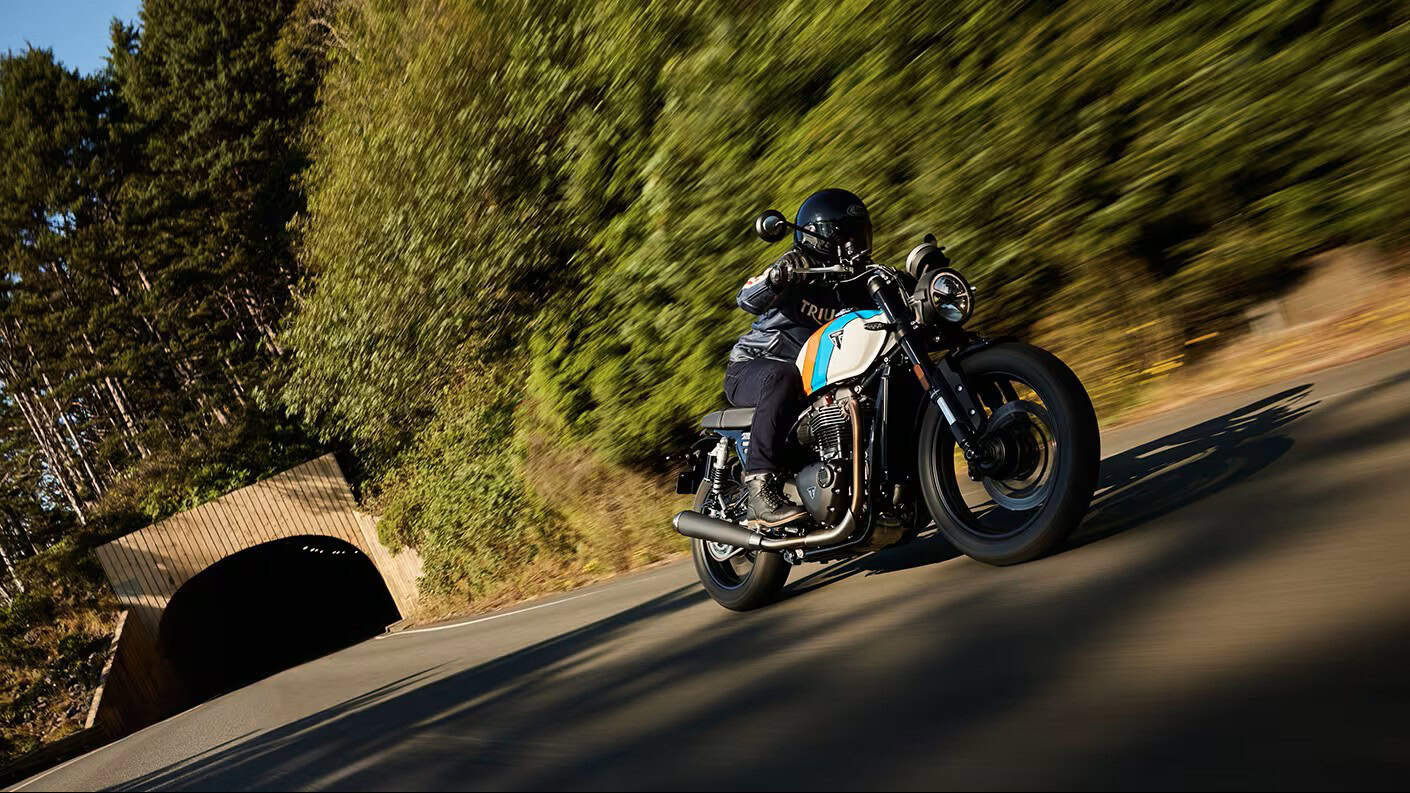
Our testers loved the Speed Twin 900’s neutral riding position. Compared with a cruiser, the bike’s mid‑mounted pegs and slightly forward‑leaning posture make it easier to stand up on the pegs over bumps. At 476 pounds wet it’s not as light as the BMW G 310 R, but the weight is well balanced. The suspension is higher quality than most entry‑level bikes and includes inverted Marzocchi forks. Two riding modes, cornering‑optimized ABS and traction control come standard, so even novice riders can ride confidently in variable conditions.
If we have to nitpick, the Speed Twin’s 3.17‑gallon fuel tank yields a shorter range than some cruisers, and the bench seat is a bit firm after a couple of hours. The silver lining is that Triumph offers a thick touring seat and luggage options. There’s also a Speed Twin 900 special edition with distinctive paint and accessories; both share the same seat height.
Why it’s great for short riders:
- Optional low seat: Drops height to 29.9 inches.
- Balanced chassis: Weight carried low; easy to handle at low speeds.
- High‑quality suspension: Upside‑down forks and adjustable rear shocks provide a plush ride.
- Retro styling: Classic looks without the maintenance of a vintage bike.
Potential drawbacks:
- A bit heavier than some entry‑level bikes at 476 pounds.
- Fuel tank size limits range on long tours.
The 2025 Triumph Speed Twin 900 pairs classic styling with modern-tech responses—torquey midrange, lighter handling, and confidence-boosting ergonomics for shorter riders.
- Responsive 900 cc twin engine with strong midrange
- New USD forks and improved braking for better control
- Slim seat-tank junction helps riders reach down
- Lean-sensitive ABS and traction control for safety
- Seat height (≈ 30.7″) may still challenge very short inseams
- Suspension is preload-adjustable only (not full damping control)
BMW G 310 R – Lightweight Naked With Adjustable Seat Options
BMW’s G 310 R proves that you don’t have to compromise sophistication for accessibility. The standard seat measures 30.9 inches, but BMW offers both low (30.3 inches) and high (31.5 inches) seats, giving shorter or taller riders options without aftermarket modifications.
More importantly, the bike weighs only 362 pounds ready to ride—lighter than every other full‑size bike here. Its 313 cc single‑cylinder engine delivers enough power for spirited city riding and occasional freeway trips, and a 6‑speed transmission with a slipper clutch makes shifts effortless.
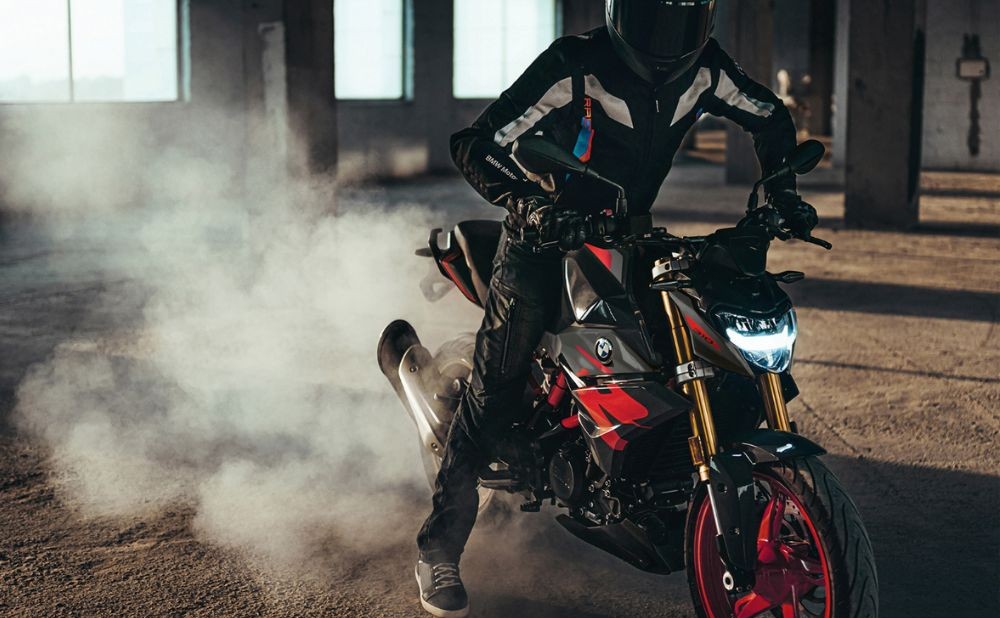
The G 310 R’s upright riding position, narrow tank and wide bars give you excellent leverage at low speeds. Our testers were impressed by how easy it was to balance the bike at a standstill; even riders under 5’5″ could flat‑foot it with the low seat installed. The only notable compromise is high‑speed comfort: because it’s so light, crosswinds and truck drafts can make the bike feel less planted on the highway. The silver lining is that BMW offers a mini windscreen and other accessories to improve touring comfort.
Why it’s great for short riders:
- Lightweight: 362 pounds ready to ride.
- Adjustable seat: Low seat reduces height to 30.3 inches.
- Quality components: LED lights, adjustable levers and optional heated grips come standard or available.
- Affordable German engineering: A genuine BMW at a reasonable price.
Potential drawbacks:
- Light weight can make high‑speed riding feel less stable.
- Single‑cylinder engine buzzes at freeway speeds.
The 2025 BMW G 310 R delivers nimble urban performance with an adjustable low seat, lightweight chassis, and smooth 313 cc output—confidence for shorter riders without compromise.
- Ultra-light weight makes it easy to manuever
- Low OEM seat option brings better reach
- Balanced handling in traffic and twisties
- Modern features like slipper clutch and LED
- Light frame can feel twitchy at highway speeds
- Seat height may still challenge very short inseams
Best Mini Bike for City Fun
Honda Grom – Pocket‑Sized Fun With Confidence
If you’ve ever laughed at the idea of a 125 cc motorcycle, the Honda Grom will make you reconsider. This pint‑sized machine has cultivated a cult following because it’s as playful as it is practical. The 2025 model carries over the proven formula: a 30.0‑inch seat height, wet weight of 224 pounds (non‑ABS) or 227 pounds (ABS) and a short 47.2‑inch wheelbase. Those numbers translate to a bike that anyone—even someone who has never ridden before—can control without fear.
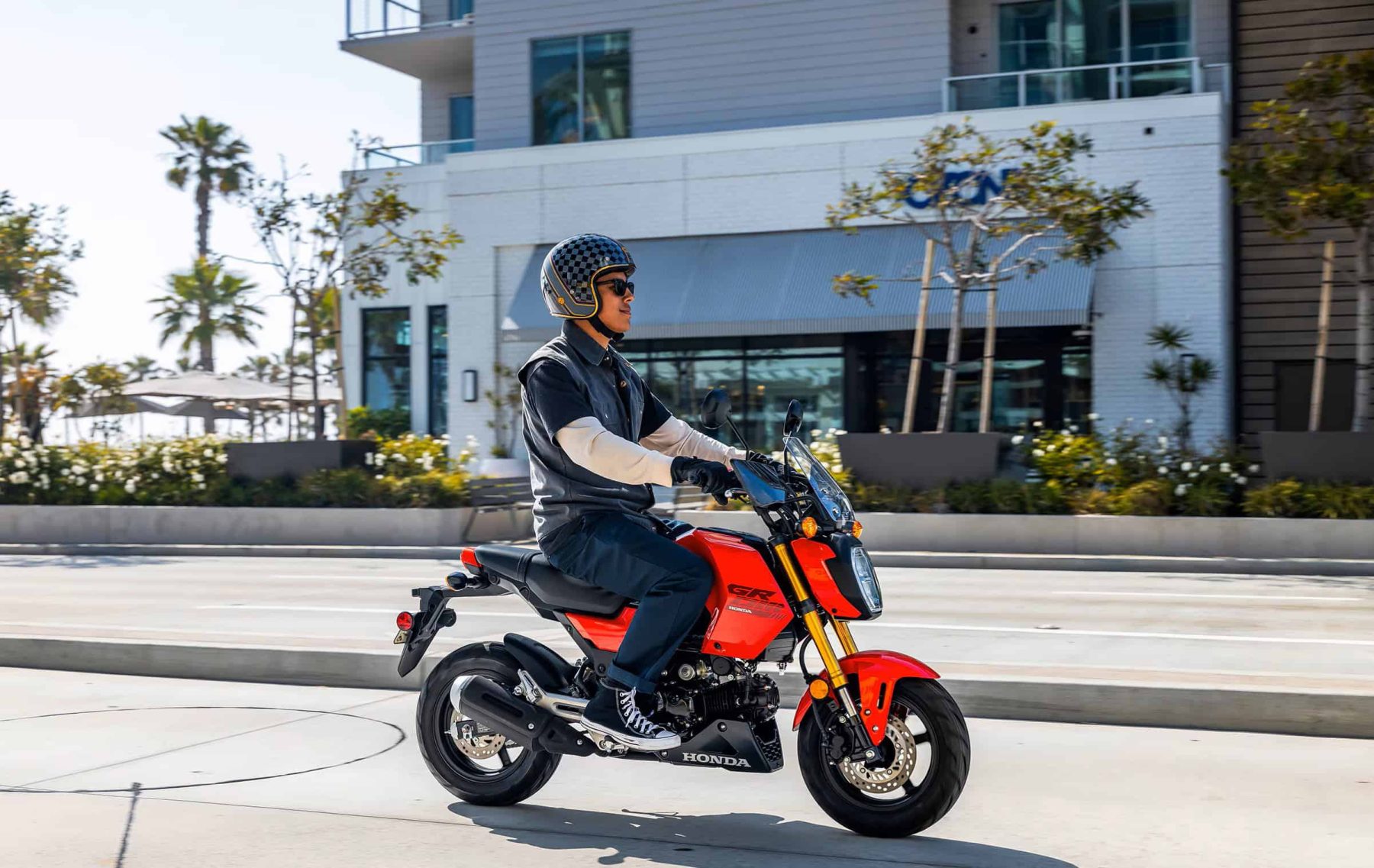
The Grom uses a 124 cc fuel‑injected single‑cylinder engine and a 5‑speed gearbox. It won’t set any speed records, but the combination of light weight and quick‑revving engine makes stop‑and‑go traffic fun. Its small 12‑inch wheels and compact dimensions mean you can weave through tight spaces, and the low seat height lets you put both feet down with ease.
Riders over 5’8″ might feel a bit cramped, but the flat seat allows you to slide back to find more room. A plethora of aftermarket parts—including taller seats, rear racks and performance upgrades—let you personalize the bike for commuting, stunting or mini‑touring.
The biggest limitation of the Grom is highway capability. It can reach 55–60 mph, but wind and traffic speeds above that can feel intimidating. The bike also has a 1.6‑gallon fuel tank, which limits range. If you need a highway‑capable small bike, consider the BMW G 310 R or Kawasaki Eliminator instead. Still, for city dwellers, college students and anyone looking for inexpensive fun, the Grom is hard to beat.
Why it’s great for short riders:
- Ultra‑light: 224–227 pounds wet.
- Low seat: 30.0 inches with a narrow profile.
- Accessible price: One of the cheapest brand‑name motorcycles on the market.
- Fun factor: Makes every errand feel like a game.
Potential drawbacks:
- Not comfortable at sustained freeway speeds.
- Limited range with a 1.6‑gallon tank.
The 2025 Honda Grom packs agility, fun, and user-friendly control into a compact form—ideal for city riders or those wanting a confidence-boosting small bike.
- Ultra-light ~224 lb curb weight makes it effortless to maneuver
- 30.0" seat height offers confidence to many shorter riders
- Smooth 124 cc engine gives responsive throttle feel
- Wide mod and accessory support for customization
- Top speed and highway comfort are limited
- Tiny fuel tank means more frequent refueling stops
Side‑by‑Side Comparison
| Motorcycle | Seat Height (inches) | Engine (cc) | Wet/Curb Weight (lbs) | Ideal For |
|---|---|---|---|---|
| Honda Rebel 300 | 27.2 | 286 | 364 | New riders, short inseams, relaxed cruising |
| Kawasaki Eliminator | 28.9 | 451 | 386 | Riders who want more power but still need a low seat |
| Royal Enfield Meteor 350 | 30.1 | 349 | 421 | Retro fans, relaxed touring |
| Indian 101 Scout | 25.7 (laden) / 26.8 (unladen) | 1,133 | 549 | Experienced riders seeking low seat and big power |
| Yamaha V Star 250 | 27.0 | 249 | 324 | Budget cruiser fans, very low seat |
| Triumph Speed Twin 900 | 30.8 (29.9 with low seat) | 900 | 476 | Versatile riding, classic looks |
| BMW G 310 R | 30.9 (30.3 with low seat) | 313 | 362 | City commuting, light touring |
| Honda Grom | 30.0 | 124 | 224–227 | City fun, beginners, short inseams |
Buying Guide: Matching Bikes to Riding Scenarios
Choosing the right motorcycle involves more than comparing numbers. Here are some scenarios and which bikes from our list fit best.
- Urban commuting and errands: The Honda Grom and BMW G 310 R excel in tight city streets. They’re lightweight, nimble and easy to push into a parking space or garage. The Grom is ideal for very short trips, while the G 310 R’s larger engine handles occasional highway stints.
- Relaxed weekend cruises: The Honda Rebel 300, Royal Enfield Meteor 350 and Yamaha V Star 250 deliver comfortable ergonomics for leisurely rides. Their torquey engines and low seats make them friendly for newcomers and shorter riders alike. The Meteor has the classic style and bigger fuel tank for longer cruises.
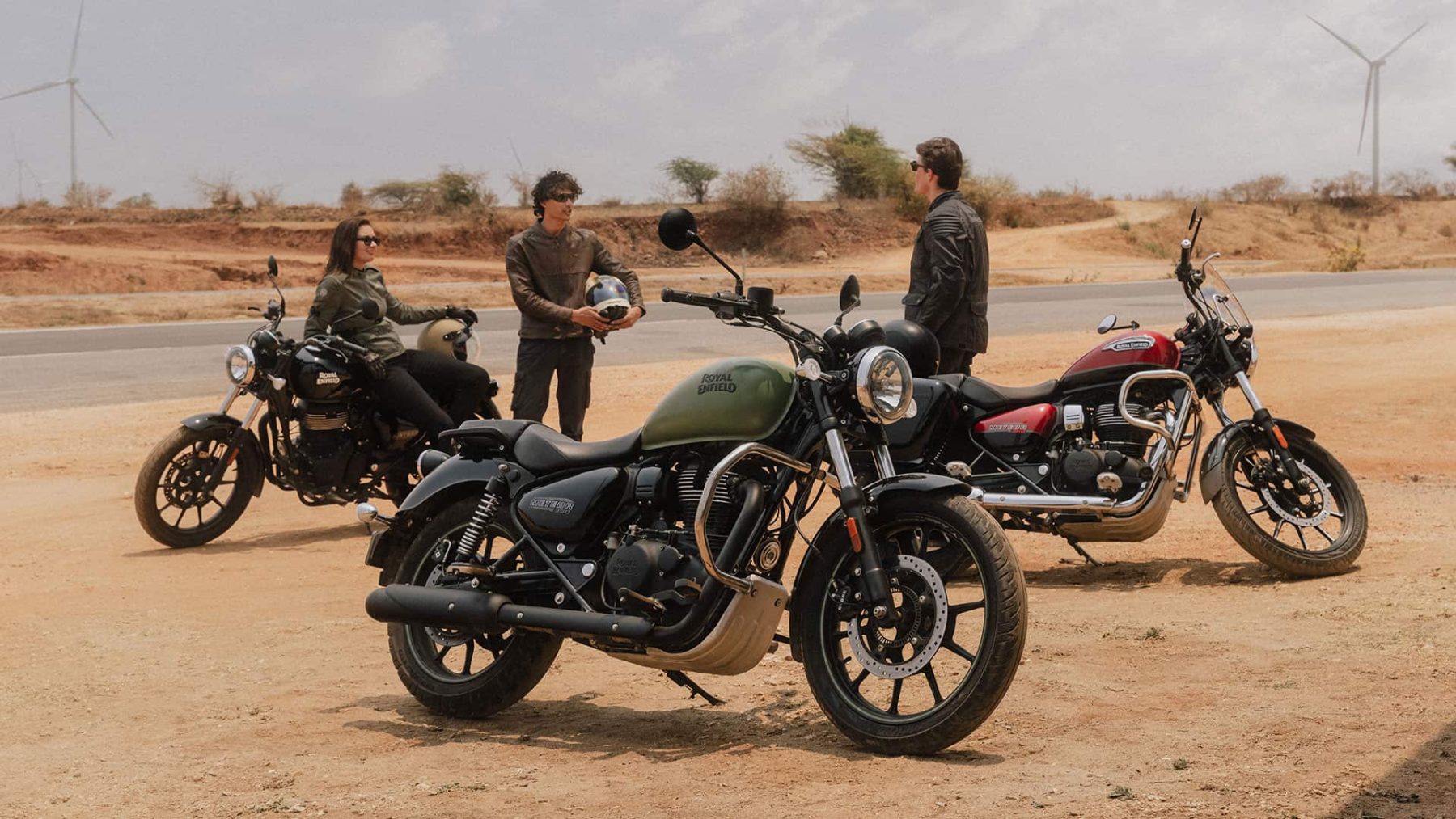
- All‑around versatility: The Triumph Speed Twin 900 and Kawasaki Eliminator bridge the gap between beginner bikes and full‑size machines. They have enough power for highway touring, yet offer adjustable ergonomics and approachable seat heights. Choose the Speed Twin for a classic European feel and the Eliminator for sport‑cruiser vibes.
- Performance without towering seat heights: The Indian 101 Scout proves you can have a powerful, large‑displacement machine with a seat height under 27 inches. It’s best suited to riders who already have some experience but need an ultra‑low saddle.
Final Thoughts
Being a shorter rider doesn’t mean you have to settle for whatever small bike you can swing a leg over. The market now offers cruisers, standards and even mini‑bikes that prioritize low seat heights, balanced chassis and adjustable ergonomics.
Whether you crave the rebellious look of the Honda Rebel 300, the modern performance of the Triumph Speed Twin 900, the retro charm of the Royal Enfield Meteor 350 or the pocket‑sized fun of the Honda Grom, there’s a bike here that can fit you like a glove.
The key is to test ride, explore adjustable seats and accessories, and choose a machine that matches your riding style. Soon enough, you’ll be looking down at the world from your own comfortable perch.
Related

Best Electric Motorcycles of 2025 – A Rider‑Focused Guide
Discover the best electric motorcycles of 2025—street, dirt, and dual-sport rides with real power, long range, and instant torque thrills.

